
AllQuestion and Answers: Page 6
Question Number 206244 Answers: 1 Comments: 0
Question Number 206232 Answers: 4 Comments: 0
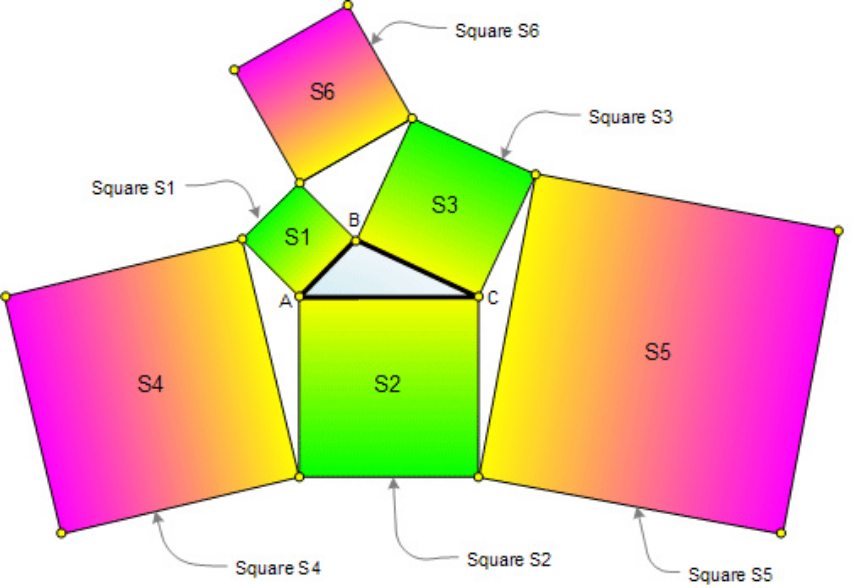
Question Number 206230 Answers: 1 Comments: 0
Question Number 206227 Answers: 1 Comments: 0
Question Number 206224 Answers: 3 Comments: 0
$${find}\:\:\int_{\mathrm{0}} ^{\mathrm{1}} \:{arctan}\left({x}^{\mathrm{5}} \right){dx} \\ $$
Question Number 206212 Answers: 2 Comments: 4

Question Number 206216 Answers: 3 Comments: 0
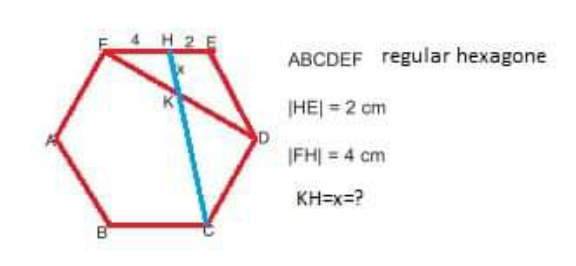
Question Number 206198 Answers: 2 Comments: 0
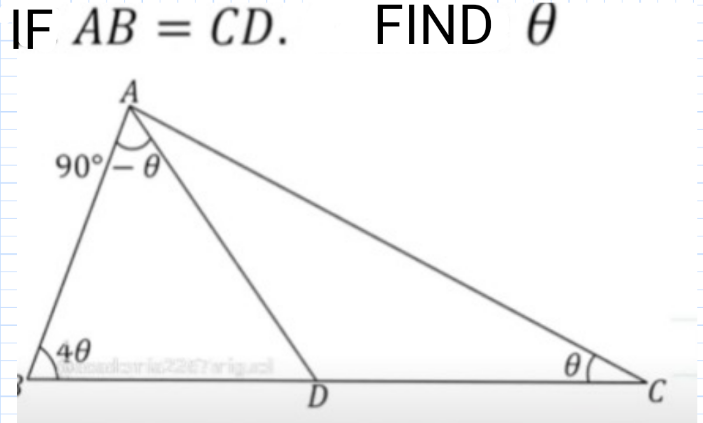
Question Number 206200 Answers: 1 Comments: 0
Question Number 206178 Answers: 0 Comments: 3

Question Number 206177 Answers: 1 Comments: 0
Question Number 206171 Answers: 0 Comments: 0

Question Number 206168 Answers: 0 Comments: 1

Question Number 206160 Answers: 2 Comments: 1
Question Number 206157 Answers: 2 Comments: 3
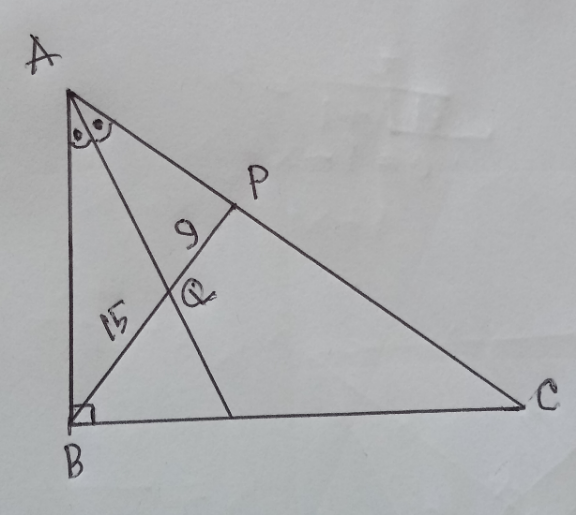
Question Number 206156 Answers: 1 Comments: 4

Question Number 206155 Answers: 4 Comments: 0
Question Number 206150 Answers: 1 Comments: 0
Question Number 206151 Answers: 1 Comments: 0

Question Number 206146 Answers: 0 Comments: 0
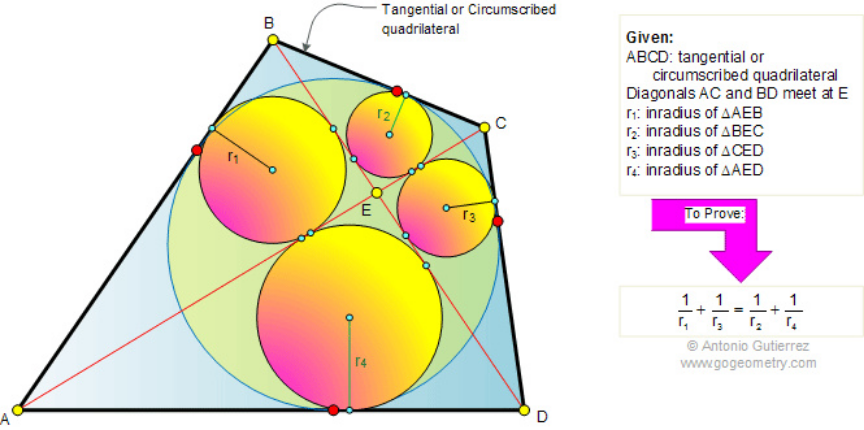
Question Number 206142 Answers: 1 Comments: 0
Question Number 206136 Answers: 1 Comments: 0

Question Number 206129 Answers: 1 Comments: 0

Question Number 206111 Answers: 3 Comments: 1

Question Number 206108 Answers: 3 Comments: 0
Question Number 206107 Answers: 0 Comments: 4
